Frequently Asked Questions
1. What are the main factors driving innovations in knife production?
2. What materials are being used in the production of chef knives to enhance durability?
3. How is technology changing the manufacturing of chef knives?
4. What role does customization play in modern knife design?
5. How is online commerce impacting the market for chef knives?
In the ever-evolving world of culinary arts, the tools we use must keep pace with the demands of creativity and efficiency. Among these tools, Chef Knives & Sets play a pivotal role in transforming fresh ingredients into culinary masterpieces. As we look into the future of knife production, it's essential to explore the innovative technologies and methods shaping the industry. This article delves into the emerging trends and advancements in knife manufacturing, highlighting how they will revolutionize culinary experiences and enhance kitchen performance.
The Driving Forces Behind Knife Production Innovations
Several factors are influencing the future of knife production, and understanding these dynamics is crucial for both consumers and manufacturers. The primary driving forces include:
- Consumer Demand: As more people show interest in culinary arts, there's an increasing demand for quality cutting tools that enhance both performance and aesthetics.
- Sustainability: Eco-conscious consumers are seeking tools made from sustainable materials that minimize environmental impact.
- Technological Advancements: New technologies are emerging, enabling manufacturers to produce knives with greater precision and durability.
- Customizability: There is a growing trend towards personalized kitchen tools, allowing chefs to express their individuality.
Material Innovations in Knife Production
The materials used in the production of Chef Knives & Sets are undergoing significant transformations. Innovations in alloy compositions and the introduction of new materials enhance durability, edge retention, and resistance to corrosion. Here are some key developments:
Advanced Blade Alloys
Knife manufacturers are increasingly using advanced alloys such as high-carbon stainless steel, cobalt alloys, and powdered metallurgy steel. These materials offer superior strength, allowing for thinner, sharper blades that are still highly durable. The inclusion of elements like vanadium and molybdenum enhances hardness and edge retention, making these knives perfect for professional chefs and culinary enthusiasts alike.
Alternative Sustainable Materials
As sustainability becomes more important, the knife production industry is exploring alternative materials. For example, manufacturers are beginning to utilize recycled steel and organic composites derived from plant materials. These innovations not only support environmental sustainability but also offer unique aesthetics that appeal to modern consumers.
Technological Advances in Knife Manufacturing
The technological landscape of knife production is transforming. Here are a few notable advancements that are shaping the future of Chef Knives & Sets:
3D Printing in Knife Production
3D printing, while still a burgeoning technology in knife manufacturing, shows great potential. It allows for rapid prototyping and customization of knife designs, enabling chefs to order personalized tools that fit their specific needs. Additionally, 3D printing can reduce waste during the production process, making it a more sustainable manufacturing option.
Robotics and Automation
The integration of robotics and automation into knife manufacturing has revolutionized production efficiency. Robotic arms can now perform repetitive tasks with high precision, ensuring consistent quality in every blade. This technology not only boosts productivity but also allows skilled artisans to focus on more complex design elements, elevating the overall craftsmanship of Chef Knives & Sets.
Enhanced Performance Through Smart Technology
As technology continues to advance, knives are evolving beyond mere cutting tools. Smart knives equipped with sensors and connectivity features are emerging, offering new levels of functionality. Here’s how smart technology could change the culinary landscape:
Smart Knives with Built-In Sensors
Imagine a knife that can measure the thickness of a slice or the texture of an ingredient while you cut. Smart knives equipped with built-in sensors could provide real-time feedback to chefs, helping them achieve the perfect cut every time. This technology could be particularly beneficial in professional kitchens where precision is paramount.
App Integration for Culinary Guidance
Smart knives could also integrate with mobile applications, offering chefs instructional video support and recipe guidance directly related to the tools they’re using. This could be a game-changer for amateur chefs looking to improve their skills, making high-quality culinary practices accessible to all.
Embracing Customization in Knife Design
Customization is not just a trend; it’s a fundamental shift in how consumers approach their kitchen tools. Here’s how personalized designs are becoming increasingly popular in Chef Knives & Sets:
Personalized Blade Designs
Many manufacturers now offer customization options for the blade design itself. From etching initials to creating unique blade patterns, consumers can now have knives that reflect their personal style. This trend fosters a deeper connection between the user and their tools, enhancing the overall culinary experience.
Customized Handles for Comfort and Style
Handle design is another area seeing significant customization. Options for different materials such as wood, micarta, and G10 composites allow chefs to select handles that are comfortable and aesthetically pleasing. Ergonomic designs that fit a chef’s grip can also improve performance and reduce fatigue during long cooking sessions.
The Rise of Online Commerce in Knife Production
As with many industries, the rise of e-commerce has changed how Chef Knives & Sets are marketed and sold. The ability to shop for knives online offers unprecedented convenience and access to a broader range of products. Here are a few ways online commerce is shaping the knife market:
Global Marketplace Access
Online platforms allow consumers to access knives from global manufacturers that may not have a physical presence in their local area. Shokunin USA, for example, can introduce its knives to a more extensive audience thanks to an effective online sales strategy. This enables consumers to explore diverse options and choose products that best suit their culinary needs.
Informed Buying Decisions
Online commerce also empowers consumers with information. Detailed product descriptions, user reviews, and expert guides help buyers make more informed decisions. High-quality images and videos showcasing the knives in action can also enhance the shopping experience, enabling customers to feel more confident in their purchases.
Reshaping Cultural Perceptions of Knife Usage
The cultural perception of knives in the kitchen is also evolving. Traditionally viewed as mere tools, knives are increasingly recognized as vital instruments of art in the culinary world. As such, the future of knife production must also consider how cultural significance can be infused into the design and marketing of Chef Knives & Sets.
Celebrating Culinary Artistry
Knife manufacturers are beginning to collaborate with chefs and culinary artists to produce limited-edition knives that capture the essence of the culinary experience. These knives not only serve a functional purpose but also celebrate the artistry of cooking, making them perfect collectibles for enthusiasts and professionals alike.
Educational Workshops and Community Building
Moreover, manufacturers can foster strong community ties by launching educational workshops and demonstrations. These events can help consumers develop a deeper understanding of knife usage, care, and craftsmen methods, building a lasting connection to the brand and its products.
A Slice of the Future: Trends to Watch
As we look forward to the future of knife production, several trends will likely create a significant impact in the industry. Here’s what to keep an eye on:
- Biodegradable Materials: The exploration of biodegradable and environmentally friendly materials for knife production may see a significant rise as consumers become more eco-aware.
- Augmented Reality (AR) Learning: The integration of AR technology could revolutionize the way we learn about knife skills by providing interactive tutorials directly through smart devices.
- AI in Production: The use of Artificial Intelligence (AI) may streamline production processes and enhance quality control through data analysis and machine learning.
- Focus on Multi-Functionality: As kitchens become smaller and cooking tools need to be multifunctional, the demand for versatile knives will rise.
In the rapidly changing landscape of knife production, the future looks bright and innovative. With a focus on sustainability, advanced materials, and the integration of technology, the next generation of Chef Knives & Sets will not only enhance culinary experiences but also contribute positively to our environment. As consumers and chefs, embracing these innovations will undoubtedly elevate your culinary journey and serve as a testament to the marriage of tradition and modernity in the art of cooking.
Ready to sharpen your culinary game? Embrace the revolution in knife production and discover how the future of knife-making can transform your kitchen into a bastion of creativity and precision!
Discover the creations of a fellow Shopify or Wix store owner. Check out their online store here. Please remember that this is a promotional link, and we are not liable for the content of the linked store.






































































































































































































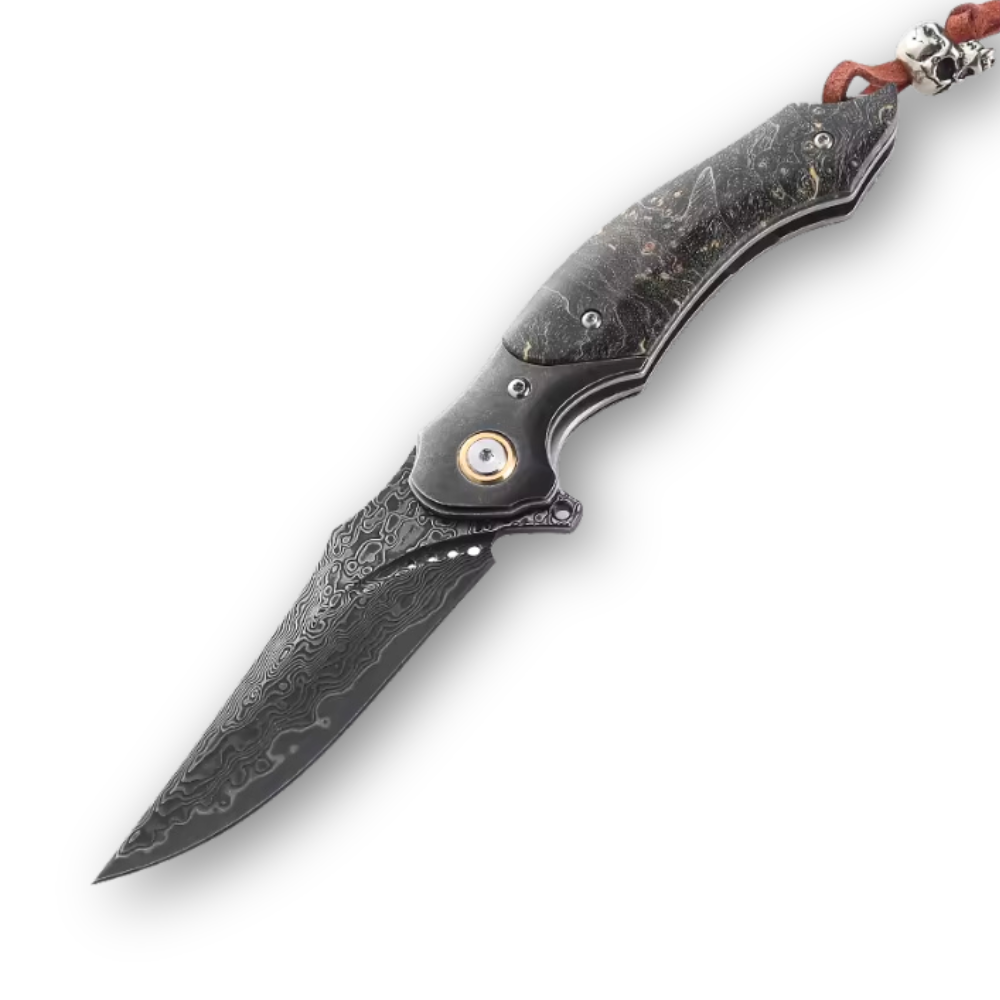










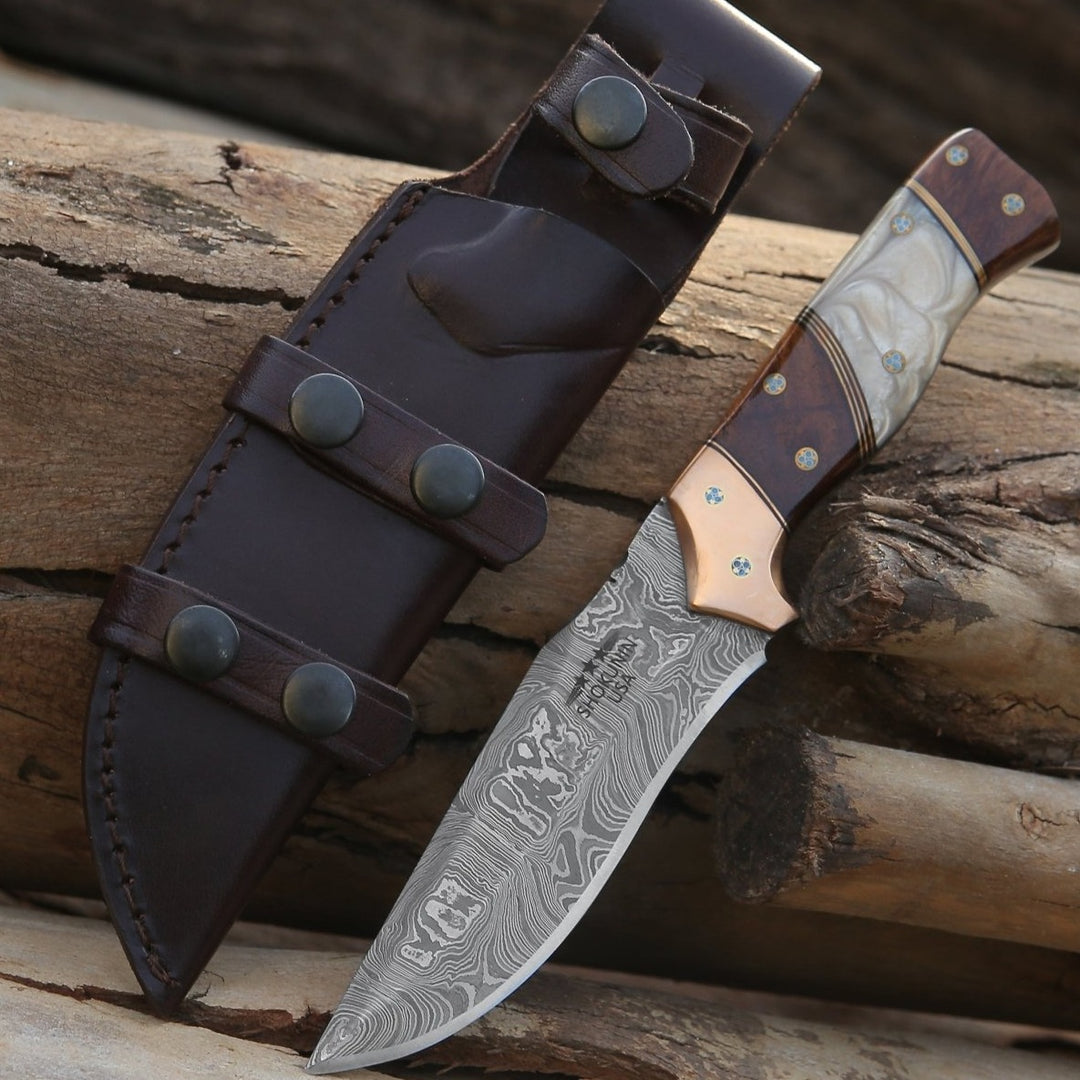
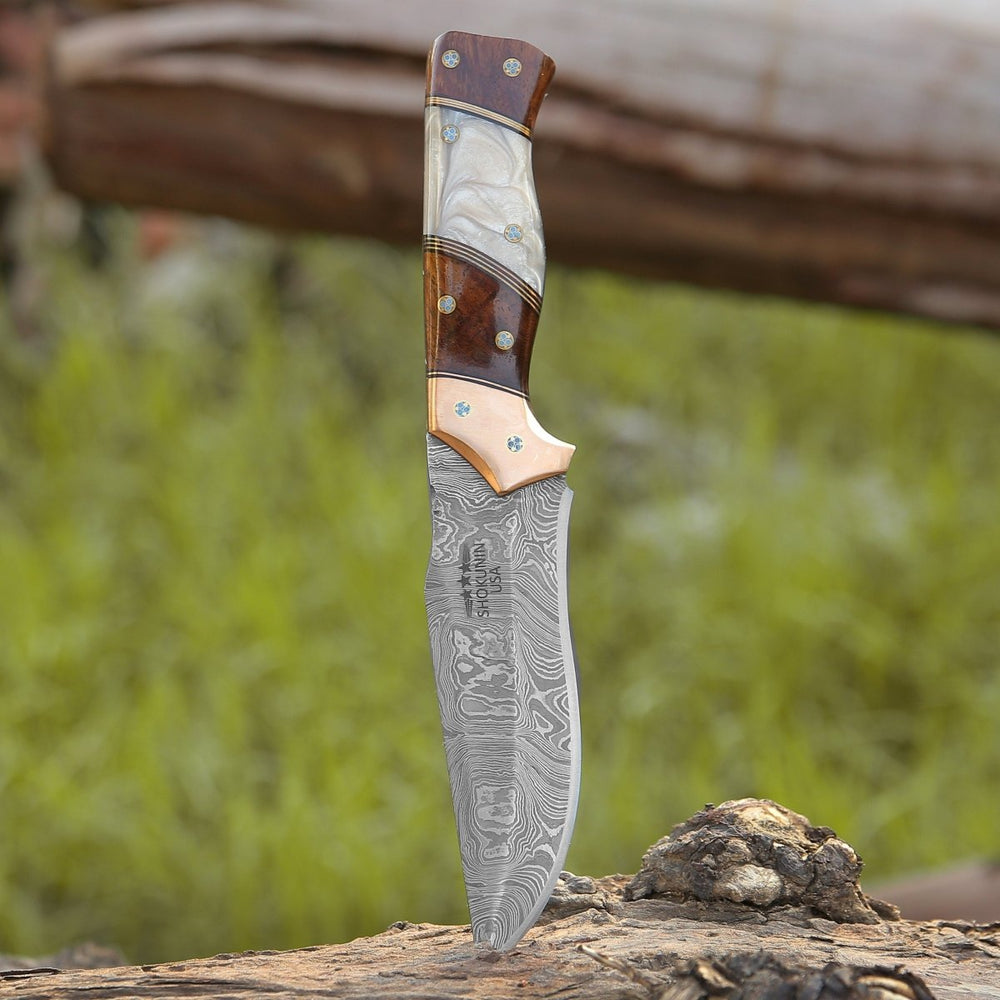


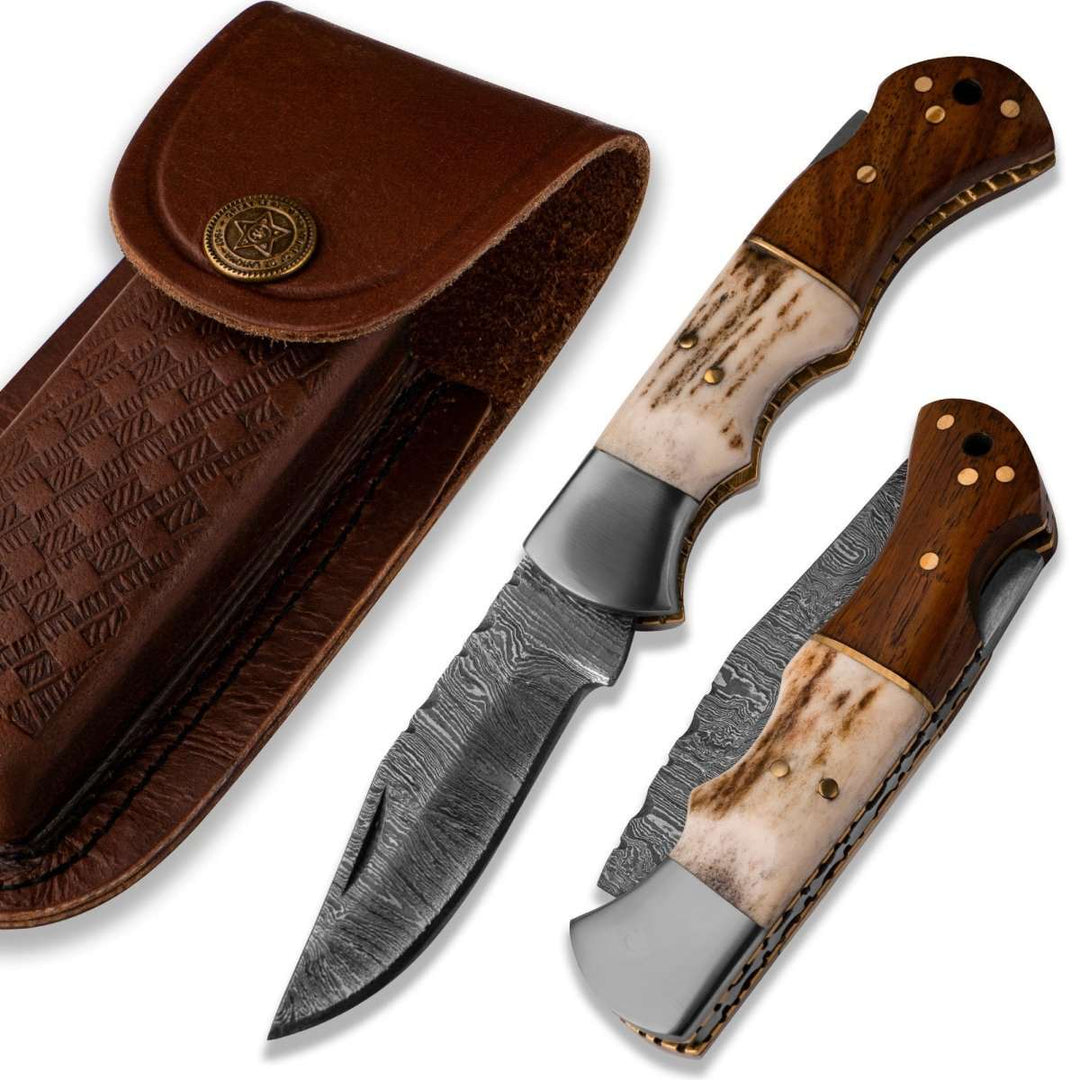
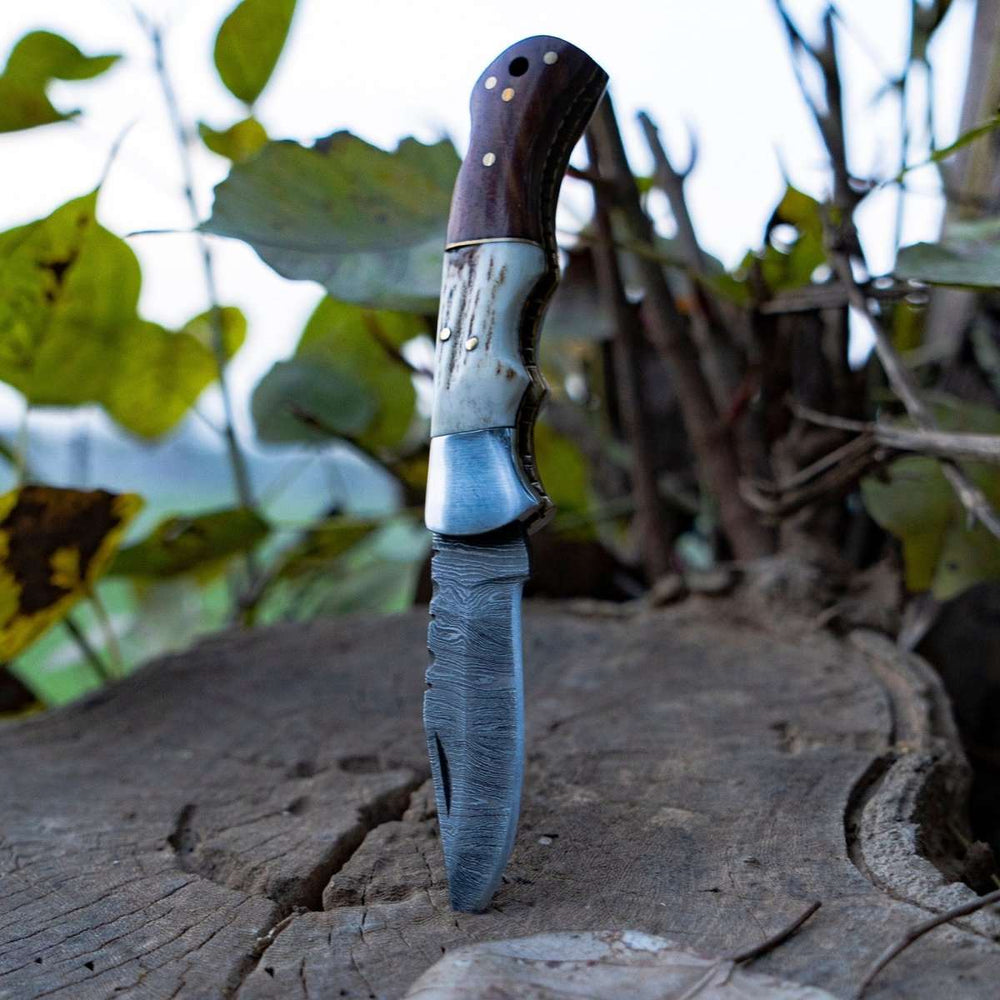




Leave a comment